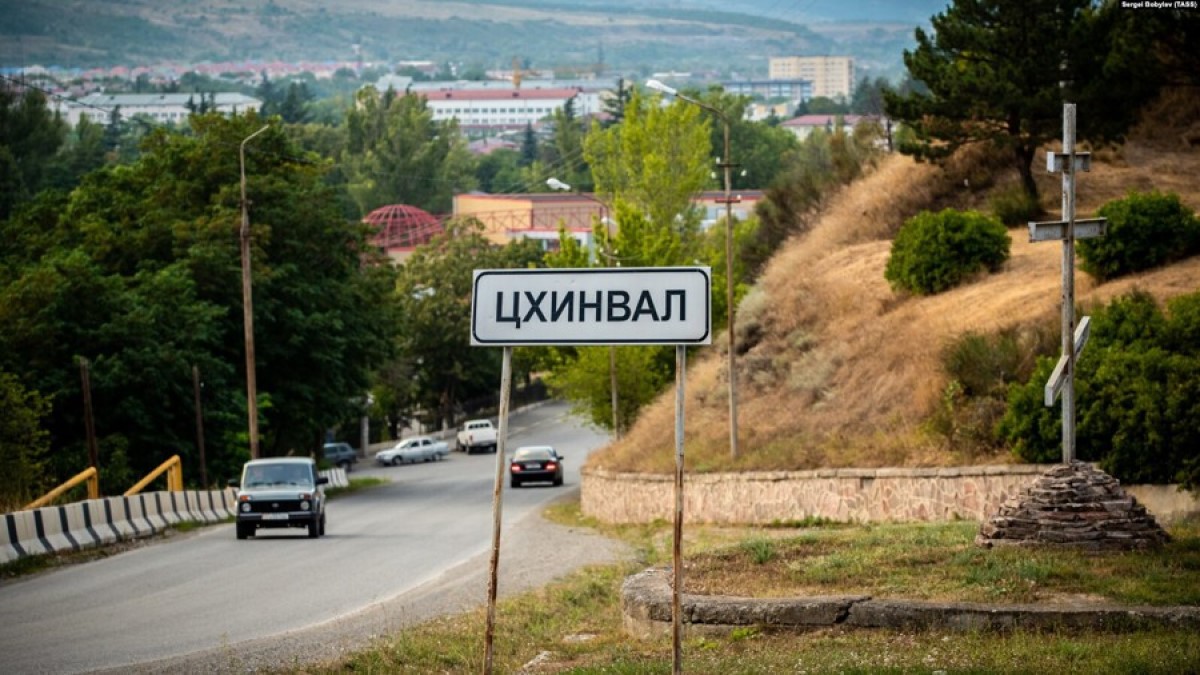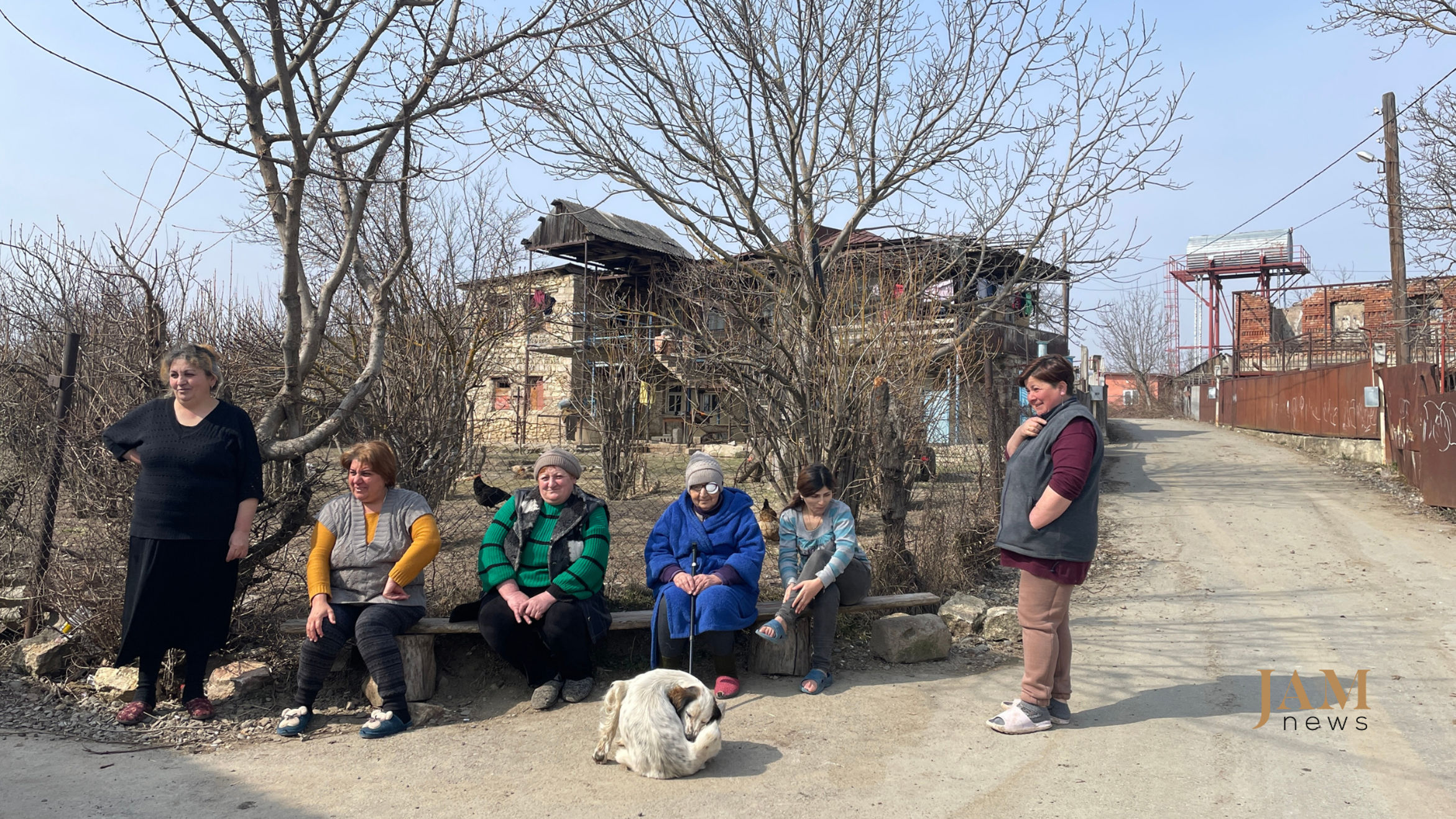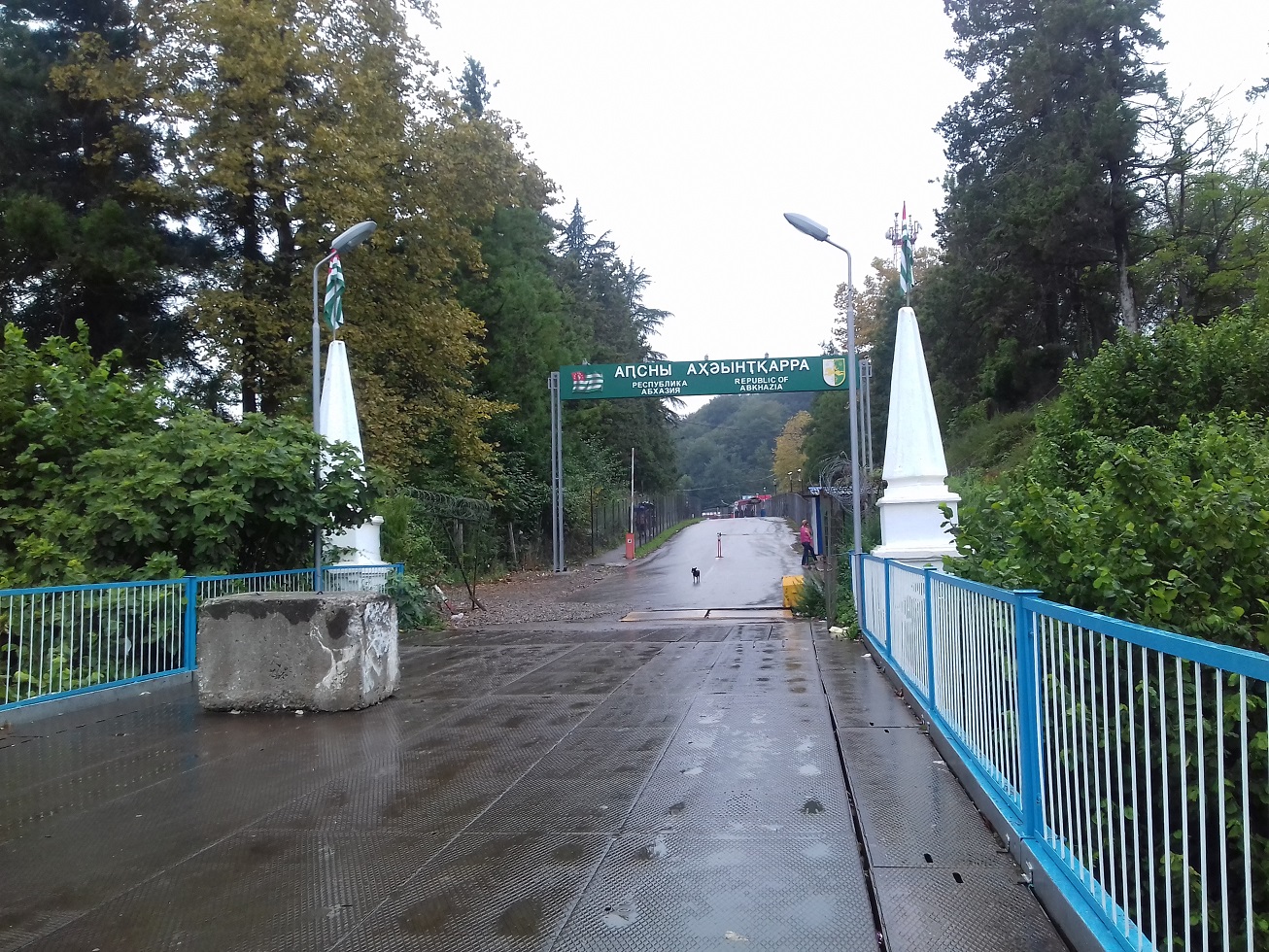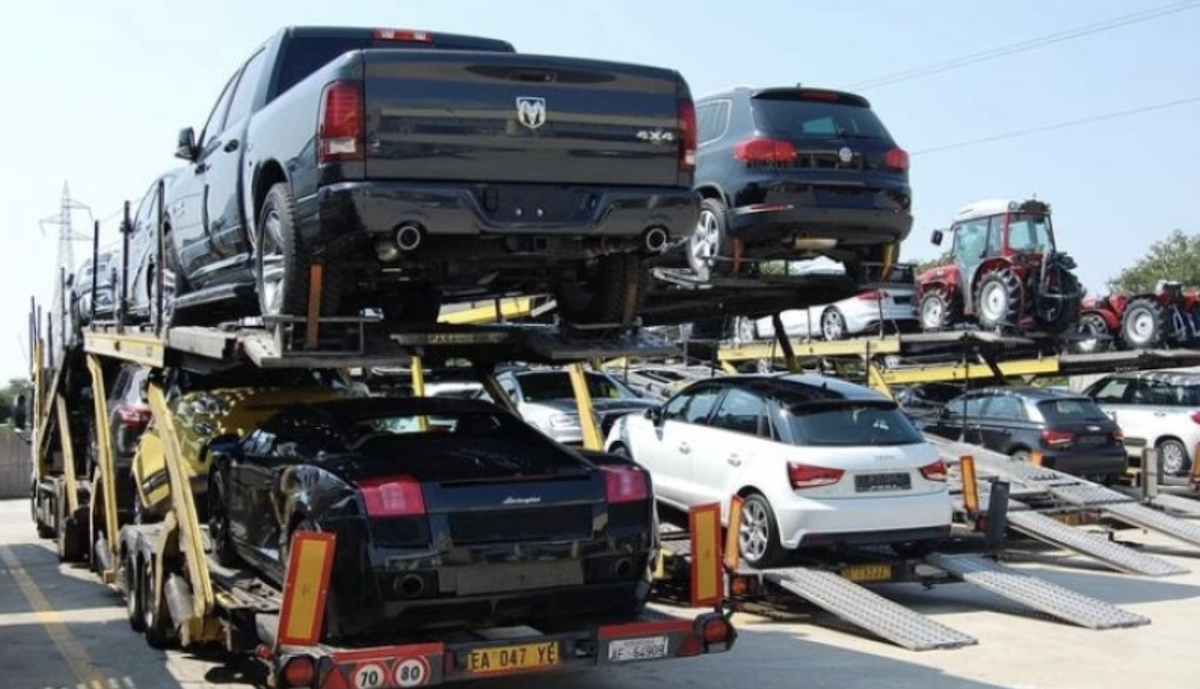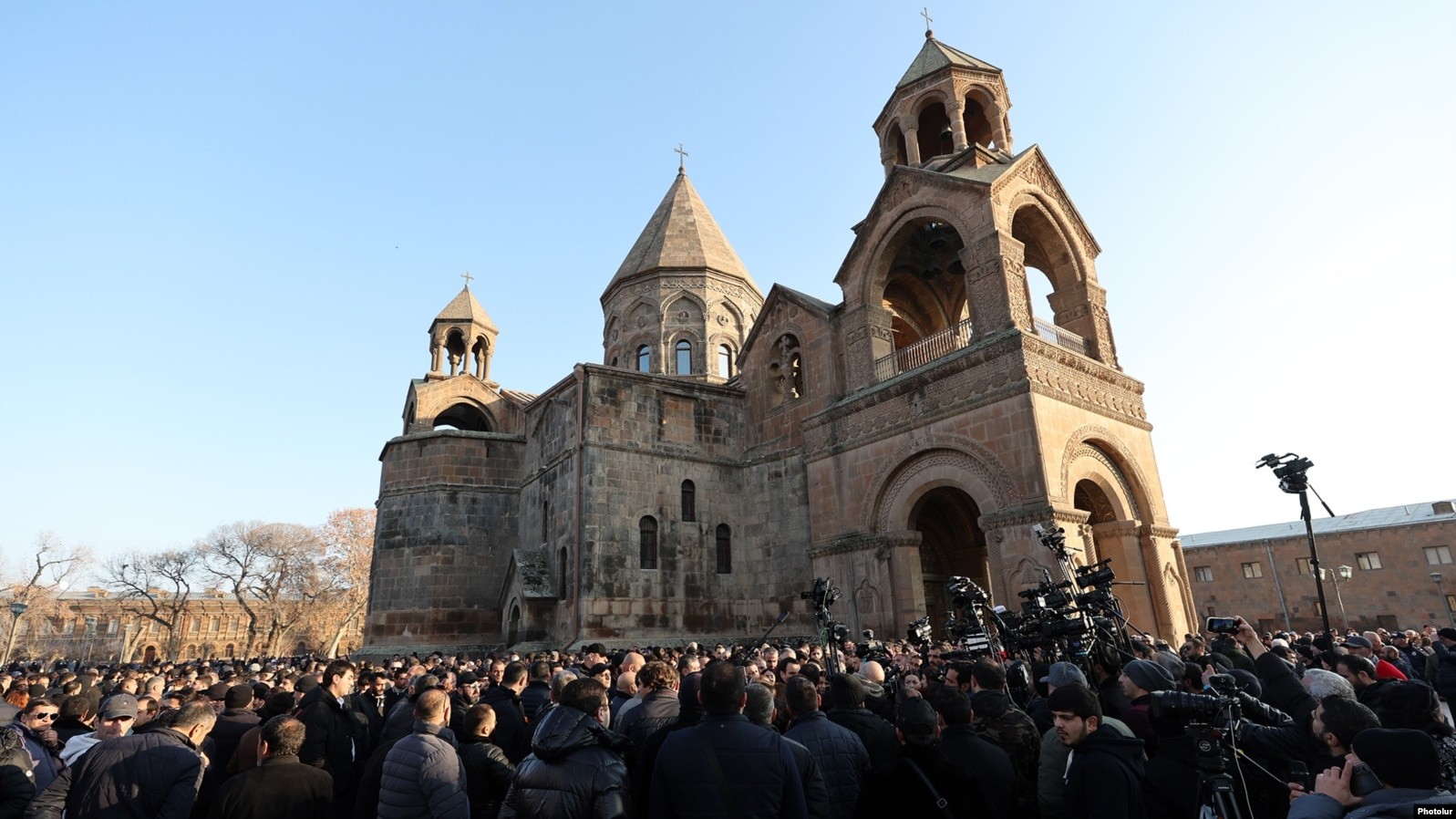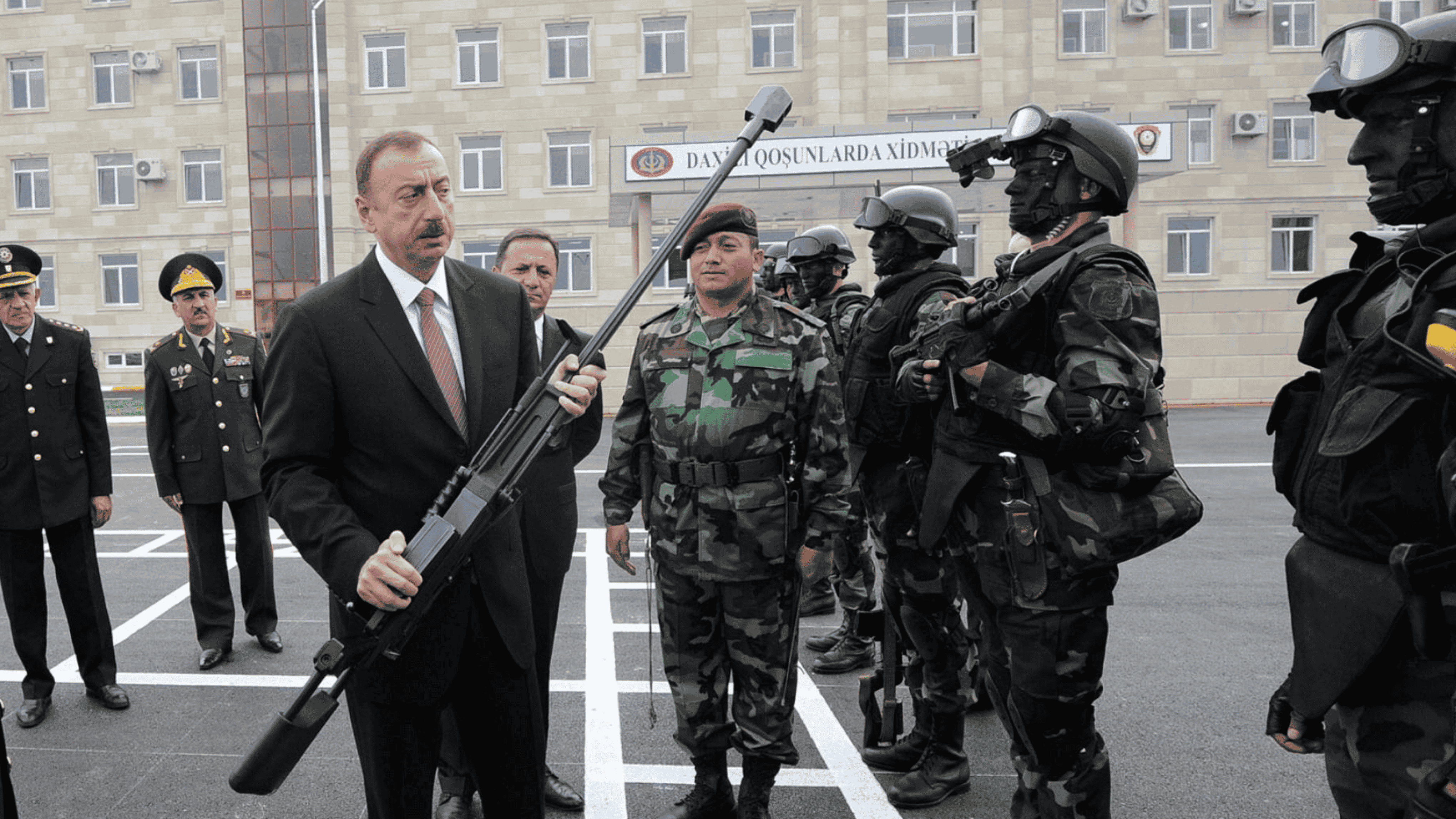Ergneti market: A smuggler's paradise or a missed opportunity for resolving the Georgian-Ossetian conflict?
Georgian-Ossetian conflict and Ergneti market
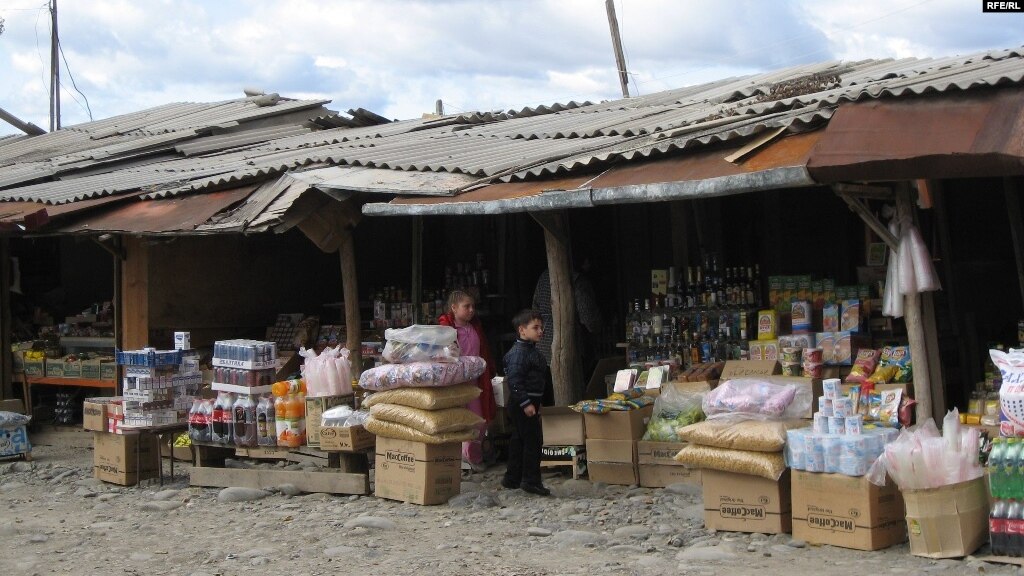
International experience in conflict transformation shows that trade and economic relations can significantly contribute to restoring trust between divided societies. Georgia also has such an example. Or rather, had one. This refers to the somewhat legendary Ergneti Market.
- Who bears responsibility for the customs crisis in South Ossetia: local authorities, Russia, or the “Georgian lobby”?
- Transcaucasian highway: South Ossetia is unhappy that “Russia and Georgia are discussing this behind their backs”
How did the Ergneti market come about and what did it represent? What were its drawbacks? How did the existence of this market affect relations between people divided by the Georgian-Ossetian conflict? What could be an alternative to it and why is economic cooperation so important for conflict resolution?
How did the Ergneti market emerge?
The Georgian village of Ergneti is located in the zone affected by the Georgian-Ossetian conflict, eight kilometers from Tskhinvali (the capital of South Ossetia). In the 1990s, this village became a place where Georgians and Ossetians, divided by the conflict, spontaneously established trusting economic relations.
The modern history of the Georgian-Ossetian conflict began in the late 1980s during the dissolution of the Soviet Union. South Ossetia, previously an autonomous region of Georgia, sought independence. In response, Georgia abolished its autonomous status and incorporated it into another region.
The first armed resistance and casualties were recorded in November-December 1989. Active combat took place from 1991 to 1992 and concluded with the signing of the Dagomys Agreement, which obligated the parties (including Russia) to cease fire and withdraw armed formations from the conflict zone. According to various reports, up to 10,000 people lost their lives, and up to 100,000 people were displaced, becoming refugees.
The conflict between Georgia and South Ossetia was considered “frozen” until August 2008, when a five-day war broke out between Russia and Georgia. Following this, Russia recognized South Ossetia’s independence, leading to the severance of diplomatic relations between Moscow and Tbilisi.
Today, South Ossetia continues to exist as an independent republic recognized only by Russia and a few other countries. For much of the international community, it remains a region of Georgia occupied by Russia.
Before tensions escalated, Ergneti village, due to its proximity to Tskhinvali, was a convenient trading place between Georgians and Ossetians. The market emerged spontaneously and never held an official status.
“Once, an elderly woman from Ergneti stood on the outskirts with two baskets of milk, cheese, and eggs, not far from Tskhinvali. The next day, someone brought a basket of apples there. A passing Ossetian bought what he needed and suggested the seller return the next day. Later, two more traders joined them, then more, gradually setting up stalls and kiosks, thus the Ergneti market came into being,” residents of Ergneti recall.
Essentially, spanning about 50 hectares, the Ergneti market operated as a sort of free economic zone.
The market also sold duty-free gasoline, sugar, cigarettes, flour, and wheat imported from Russia, as well as various other types of predominantly smuggled goods such as fruits, grains, vegetables, and more.
“At that time, Georgia was a very poor country with many problems. South Ossetia had close ties with Russia through the Roki Tunnel and imported vital products from there,” says Zurab Bendianishvili, head of the Coalition for the Rights of Internally Displaced Persons.
Over time, not only local residents but also people from other regions of Georgia became involved in trade at this market.
Pros and cons
Certainly, the Ergneti market was far from idyllic. Due to the lack of control, the trade in contraband goods reached a massive scale. Not only contraband cigarettes, flour, and gasoline were sold here, but also weapons and drugs.
In the 2004 report “The Problem of Smuggling in Georgia: Abkhazia, Tskhinvali Region” published by the Georgian office of the Transnational Crime and Corruption Research Center, it is stated that wheat, cigarettes, fuel, and other basic goods (mostly food) were smuggled from Russia into Georgia through this market:
“Every day, about 150 cars leave the Ergneti market for Tbilisi, carrying contraband goods worth more than 500,000 lari (including Russian-made tobacco products). The annual value of contraband goods entering Tbilisi from the ‘offshore’ Ergneti market is about 200 million lari (around 100 million USD). However, this figure does not include gasoline and diesel fuel transported in tanks to other regions of Georgia. In such a case, the funds spent on smuggling at the Ergneti market in the Tskhinvali region should be included in the capital outflow from Georgia.”
However, according to some in society, the Ergneti market had a positive impact on Georgian-Ossetian relations.
Lia Chlachidze lives in the village of Ergneti. After the August 2008 war, this village became the last populated area under Georgian control, with the dividing line just beyond it. Lia’s house is 200 meters from this line.
Previously, she rented out rooms in her home and recalls vividly how this village was a hub of interaction for people of different nationalities. Georgian, Ossetian, Abkhaz, and Armenian traders slept under one roof, shared breakfast of boiled eggs in the morning, and trusted each other with hundreds of thousands of lari.
“Look, in this room, Georgians, Ossetians, Russians, Armenians, and Azerbaijanis slept together. They ate together. They were not afraid of being attacked or having their money stolen, and even entrusted each other with large sums so that while they were away and returned in one car, another car was already loaded with goods,” Lia reminisces.
Georgian conflictologist Paata Zakareishvili describes the Ergneti market as a funnel where Russia’s economic resources flowed, concentrated in Georgia, and from which the entire South Caucasus bought Russian products.
“There were very serious market relations, all happening under semi-legal and semi-transparent conditions. Large sums of money were in circulation, controlled by Ossetians,” says Zakareishvili.
According to him, at that time, despite all its drawbacks, the Ossetian community was economically tied to the Georgian economy and trade space, thanks to this market.
The conflictologist explains that during that period, the Ossetian community had relatively high incomes and sought to protect them from Russian influence. Therefore, they deposited their money in Georgian banks in Tbilisi and preferred to trade in lari rather than rubles. They also distrusted the Russian system, which they saw as criminal and semi-mafia-like, and had more confidence in Georgia, which, although corrupt, was perceived as more “civilized” and less crime-ridden.
“They preferred relations based on trust with the Georgian side. This facilitated Georgian-Ossetian reconciliation. Perhaps if the Ergneti market had not been closed and had continued to operate, the Georgian-Ossetian conflict might have been resolved by now,” believes Paata Zakareishvili.
For Lia Chlachidze, the market’s “golden age” is proof that the resources for reconciliation were not exhausted:
“People began to reconcile, effectively reconciled, and created joint ventures.”
Zurab Bendianashvili echoes this sentiment:
“Ossetians returned to Georgian villages. If you attended family gatherings with Georgians, you would invariably find Ossetians at the table. Peace was being restored. Not to mention the hundreds of thousands of lari and dollars they entrusted to each other. It was the highest degree of trust that could exist.”
The closure of the market and the severance of ties
The closure of the Ergneti market in 2004 was explained by the Georgian government for two main reasons. Firstly, the market was seen as a significant black hole in the Georgian economy, causing substantial damage to the country. Secondly, it was believed that the economic power of the de facto President of South Ossetia at the time, Eduard Kokoity, relied heavily on the Ergneti market. By shutting down the market, the Georgian side aimed to weaken his position and win the loyalty of the population living in the conflict zone.
- South Ossetia hit by increase of customs duties on goods from Russia
- Trout farmer shares his experience of keeping small business afloat in S.Ossetia
- How South Ossetia may weather sanctions on Russia
“Closing the market was equivalent to a crime. The new government [Mikheil Saakashvili’s government, which came to power in 2003 — JAMnews] was still euphoric at the time and made a senseless decision. They thought that by doing so, illegal financial flows would turn legitimate and flow into Georgia’s budget. But in the end, after the market closure, they lost both money and a means of reconciliation with the Ossetians,” says Paata Zakareishvili.
According to Zurab Bendianashvili, the manner in which the market was liquidated was also unacceptable — abrupt and forceful:
“It happened without any warning and without any prior work. Overnight, what had existed for many years was gone. There were numerous unfulfilled obligations, deficits emerged, and the means for delivering goods to stores disappeared… Overall, this suddenness had a very damaging effect.“
After the closure of the Ergneti market, economic ties with the Ossetian population living across the dividing line weakened. Only transportation remained, bringing people from the conflict zone so they could sell their agricultural products in Georgia rather than in the North Caucasus, which was much farther away.
Possible alternatives
Paata Zakareishvili believes that in 2004, instead of simply closing the Ergneti market, the government should have considered how to rectify the situation prevailing there:
“They should have made it clear that authorities would not tolerate smuggling, weapons, or drugs at this market. Gradually eliminate these specific segments and convince Ossetians that market control should be joint, Georgian-Ossetian. Otherwise, it would be closed. But the authorities did not do this; they simply destroyed the market.”
Professor Alexander Kukhanidze from Tbilisi State University also believes that the problem of smuggling could have been addressed in two ways:
“One way was legalization: reaching an agreement with the de facto government of Kokoyty for them to pay something akin to customs duties. However, for the Georgian authorities, this was unacceptable as it could be perceived as recognition of the Ossetian government.
The second way was economic: alternative markets could have been created in other parts of Georgia where goods could be sold at similar prices. This would have naturally solved the smuggling issue, and this market would have shifted to territory fully controlled by Georgia. At that time, such a possibility existed.”
Regarding what could be an alternative to the Ergneti market today, Lia Chlachidze suggests the creation of a free economic zone:
“As far as I know, there is even a project to open banks and so on. This would be very good, and many people would be employed because after the war, people here have nothing, and Ossetians also understand that they cannot be isolated.”
Indeed, discussions periodically resume in both Georgian and Ossetian societies about creating a free economic zone or restoring the Ergneti market in some form or another.
As for the current thoughts of the Georgian government on this matter, we do not know. JAMnews attempted to obtain answers to its questions from the Office of the State Minister for Reconciliation and Civic Equality but was unsuccessful.
Alexander Kukhanidze explains that one of the main problems preventing the establishment of an alternative trading space to the Ergneti market today is the inability to implement passport and customs control. Ossetians consider the dividing line in the conflict zone as their state border, while Georgians view it as administrative. Setting up a Georgian checkpoint or customs post there would effectively mean that the Georgian government recognizes the sovereignty of South Ossetia.
Conflictologists and other experts who have studied and observed the dynamics of the Georgian-Ossetian and Georgian-Abkhaz conflicts and relations between the parties for years believe that the solution lies in governmental-level negotiations and a clearly expressed political will.
However, according to Paata Zakareishvili, the current Georgian government lacks such will and strategy:
“If we want something to happen, we need to at least open the road towards Tskhinvali. Cars should start moving in that direction. Right now, when there’s a lot of snowfall, cars get stuck on the passes, and movement stops for many days.”
Alexander Kukhanidze, on the other hand, argues that the solution can only be found through negotiations:
“It’s very easy to spoil relations; armed conflict happens very quickly, but it takes many years to rectify the situation. We see how many years have passed, and the problem is still not resolved. Because it’s complex, there are many factors both inside and outside the country, and there’s no ready recipe for it, neither from me nor from anyone else. There’s just experience that can be taken into account if there’s a desire to do so. We need political will to talk about agreements and free economic zones. But these agreements are currently only a theory; they don’t exist, and it’s very difficult.”
According to Paata Zakareishvili, at the moment, such negotiations are hindered because there is no trust between Georgian and Ossetian political forces:
“Neither we nor they have politicians who trust each other. It’s a great alienation. They communicate with each other through the EU Monitoring Mission. It’s strange to remember that once everyone, including myself, had the opportunity to pick up the phone and call an official in Tskhinvali or Sukhumi directly. Today, that’s unthinkable.”
Georgian-Ossetian conflict and Ergneti market
Toponyms, terminology, views and opinions expressed by the author are theirs alone and do not necessarily reflect the views and opinions of JAMnews or any employees thereof. JAMnews reserves the right to delete comments it considers to be offensive, inflammatory, threatening or otherwise unacceptable.










